- Unit15 Jul 2013
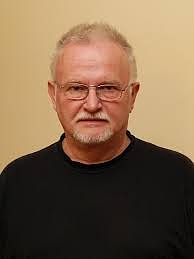
We are pleased to welcome back Professor Laszlo Marton from the EMTE-Sapientia Hungarian University of Transylvania, Romania. Laszlo will join Professor Somogyi’s group to continue his ongoing collaboration with the group on novel signal analysis methods in freely behaving rat hippocampus.
- Unit1 Jul 2013
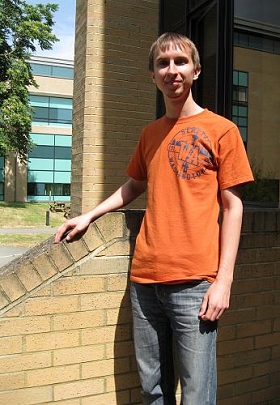
Dr. Karri Lamsa's laboratory has a visiting PhD student, Mr Tamas Bellak from Szeged University. He has come to visit the laboratory in Oxford for two months in order to learn electrophysiological recordings from slice preparation. Tamas is a 3rd year PhD student in Szeged under supervision of Prof. Antal Nogradi. Tamas was awarded with a Balassi Institute Campus Hungary scholarship for this strip
- Unit1 Jul 2013
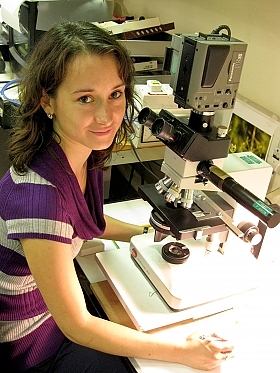
We are pleased to welcome back Timea Szabadi to the Unit. She has joined Professor Peter Somogyi’s group for a short stay. During her time in the Unit she will explore signaling mechanisms in the brain in relation to rhythmic networks activity in the hippocampus.
She will carry out immunohistochemistry for the characterization of neurons recorded in vivo. Timea has just graduated as an MD from University of Medicine & Pharmacy, Targu Mure, Romania and from September she will join Professor Zoltan Nusser’s lab as a PhD student. www.koki.hu.
- Unit25 Jun 2013
f9e4.jpg?itok=irNmad8I)
The Unit held its ninth annual Open Day, coinciding with the MRC Centenary week, for local schools on the 25 June 2013. The MRC is celebrating 100 years of medical research. Seven local schools attended the day and 120 pupils and teachers took part in the activities. Professor Peter Somogyi introduced the visit with a short presentation on the MRC’s work celebrating a hundred years of life-changing discoveries achievements. He acknowledged those who have supported us along the way, and introduced the great burden that diseases of the brain impose on society.
Groups of students went to visit the laboratories getting hands-on experience with instruments, real specimens and experiments, providing a glimpse of what to expect in a working research laboratory. They all visited two of the research groups.
Student feedback shows that they found the visit stimulating, and that the research they were shown inspired them. It was clear that the teachers also found the experience stimulating, and we were again told that after last year's visit some students were inspired to make University applications for various bioscience degrees, including neuroscience and medicine. Feedback what the students' found interesting: “the electron microscope …” ”watching a cell undergo mitosis …” ”the ability to see in action work that had previously only been shown in textbooks…” ”learning about the link between GABA and depression…” ”discussing optogenetics and its applications in medicine”…”finding out about place cells and the structure of different cells…” ”having an amazing view of dendrites and axons…” ”Learning about Parkinson’s disease and new research is beginning …“ ” to see people working in the lab and hear about their work…”.
Thanks to all who participated and made this day possible.
- Unit24 Jun 2013
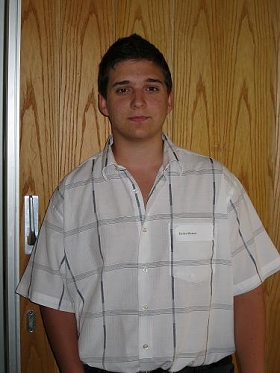
Endre Marosi has joined Peter Somogyi’s lab for a two month visit as part of the Oxford Cajal Scholarship scheme. He won the Ramon y Cajal competition with his essay “Superresolution light microscopes in biology” and a test on “What are the physical and physiological limits on the size of animals and how does the nervous system adapts to changes in body size?”
Endre completed his third year of high school at the Franciscan Gimnazium of Szentedre, Hungary and plans to read biomedical science at university.
- External21 Jun 2013
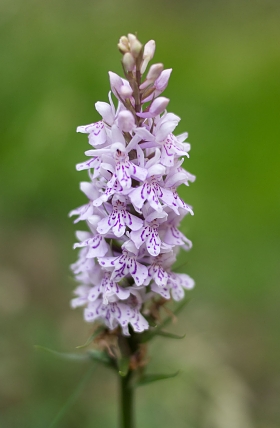
The wildflower meadow in front of the Unit now has its star performer in flower: a Common Spotted Orchid, Dactylorhiza fuchsii. This plant has grown from wind-blown seed. If you wish to view it, please take care not to trample other plants.
- Unit13 Jun 2013
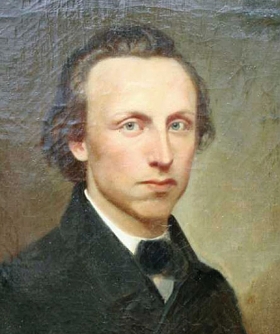 Otto Friedrich Karl Deiters
Otto Friedrich Karl DeitersProf. Ray Guillery, Honorary Emeritus Research Fellow in the Unit, published a biographical and science history article about his great granduncle Otto Friedrich Karl Deiters (1834-1863), on the occasion of the 150th anniversary of his death. Deiters first described that neurons have several dendrites and one axon, something not all students are aware today. He also understood that neurons are polarised and first demonstrated inputs to the dendrites.
- External10 Jun 2013
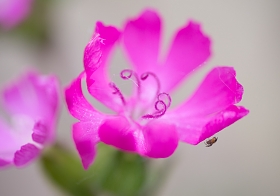 Red campion (Silene dioica) with small spider
Red campion (Silene dioica) with small spiderThis summer the Unit's wild flower meadow surrounding our entrance and carpark is flourishing. The prominent red campion's pink flowers are easy to spot; some of the other species include: white campion, cuckoo flower, wood avens, bird's foot trefoil, ribwort plantain, wild strawberry, black mustard, yellow rattle, white dead-nettle, black medic, teasel, cowslip and columbine. We have a Common Spotted Orchid flower spike growing, and hopefully this will open in the next few weeks. The meadow, although small, has a range of different conditions; from the full sun of the left-hand side, to the dark corner above the bike sheds; which will help it support a good range of species. The yellow rattle is a parasite of grasses, and so helps keep the grass from becoming too large or successful and out-competeing the flowering dicot species.
Wildflower meadows have declined by 97% since the 1930s. Last week, the Prince of Wales publically supported a project by Plantlife, the Wildlife Trusts and Rare Breeds Survival Trust on the 60th Anniversary of the Coronation. The project aims to create "Coronation Meadows", as well as a comprehensive inventory of the nations remaining meadows. One meadow will be announced in each county by the end of the year. The first 60 were announced last week to mark the 60 years since the Coronation, but the target is 107. News item at BBC. Telegraph article.
- Unit7 Jun 2013
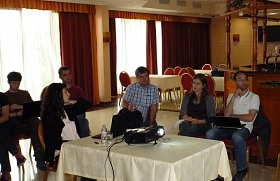 Alessia Manganaro presenting her recent work
Alessia Manganaro presenting her recent workThe Dupret MRC group and Csicsvari IST group met for a joint Lab retreat in Hungary. Members of each lab presented their ongoing work and discussed future directions with a particular emphasis on sleep reactivation of waking hippocampal activity patterns. A productive meeting was had by all.
- External4 Jun 2013
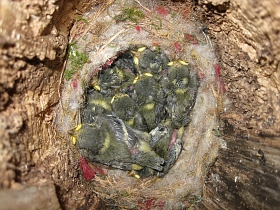 Blue Tit nest with eight chicks
Blue Tit nest with eight chicksFor the 6th year running, the Unit is displaying a live camera feed from its nest box on a monitor in reception. The nest box is located outside Prof. Somogyi's office window. This year Blue Tits chose the box, and they laid eleven eggs. However, due to the cold, wet spring they took a break in the middle of laying, which has led to two of the eggs not hatching. There are currently eight surviving chicks.
There is another bird box in a silver birch tree in the car park at the front of the Unit. This year, as last year, this box was taken by Great Tits. There are currently five large chicks in the nest
2008 and 2009 Blue tits in window box
2010 and 2011 Great tits in window box
2012 and 2013- Blue tits in window box, Great tits in car park box